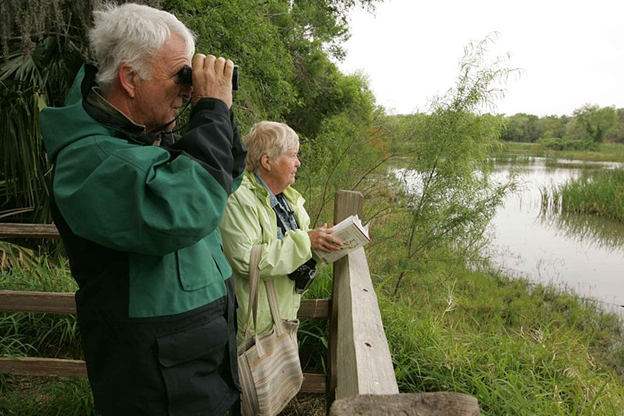A team of economists at Stanford University and the Massachusetts Institute of Technology have conducted a study that reveals the impact of where you live when you’re older on how long you’ll live, reports the Mercury News.
Using an extensive set of data from Medicare that covered the years from 1999 to 2014, the researchers looked at life expectancies for people who moved and for those who stayed in the same place after the age of 65. The gap in how long people live based on where they live can vary by as much as 30 years in some cities, with more people dying in their 50s in one location and more dying in their 80s just a few blocks away.
In many ways, location is emblematic of other factors, including income level, social class, and overall health. So, the researchers set out to eliminate those obvious factors from the study to hone in on how location impacts longevity.
In general, the lowest life expectancy in the U.S. is in the South. And the highest life expectancy is in the Midwest. But when the researchers removed factors like income, genetics, and overall health, the locations that had the biggest impact on longevity changed.
“Where you live when you’re elderly (over age 65) affects your longevity,” said Heidi Williams, an associate economics professor at MIT and one of the study’s authors.
The study found that if a person with average health moves to a location with lower life expectancy, then they can expect to die earlier. While if that same person moves to a location with higher life expectancy, it can prolong their life. In fact, the data revealed that moving from a place in the bottom 10 percent of life expectancy to one in the top 10 percent of life expectancy can extend an average person’s lifespan by more than a year.
According to the study, living in New York and Florida had the most positive impact on senior life expectancy. Yonkers, New York City, and Syracuse (in N.Y.) and Port St. Lucie and Naples (in FL) can add at least a year to the average senior’s life.
By contrast, living in Gulfport, Mississippi; Las Vegas, Nevada; Bakersfield, California; Beaumont, Texas; or Lake Charles, Louisiana can all lower the average senior’s life expectancy.
Fortunately, the San Francisco Bay Area is one region that can extend the life expectancy of seniors, despite the fact that it’s an expensive place to live.
One of the factors that the researchers surmise leads to longer life expectancy is quality and availability of health care. In communities where healthcare providers have high quality rankings, people live longer. By contrast, in communities that lack healthcare services, life expectancy is shorter.
Another factor that impacts longevity is weather and climate. Locations that have extreme high and low temperatures reduce life expectancy. In addition, the amount of air pollution in a region also impact how long people live.
The researchers recommend that policymakers who want to increase life expectancy of their constituents should take into account factors that are specific to their regions. Though, they emphasized that the biggest determinant to longevity in any given place is what they referred to as “health capital” — the prior health behaviors, medical care, and genetic inheritances that people have been accumulating throughout their lives.





